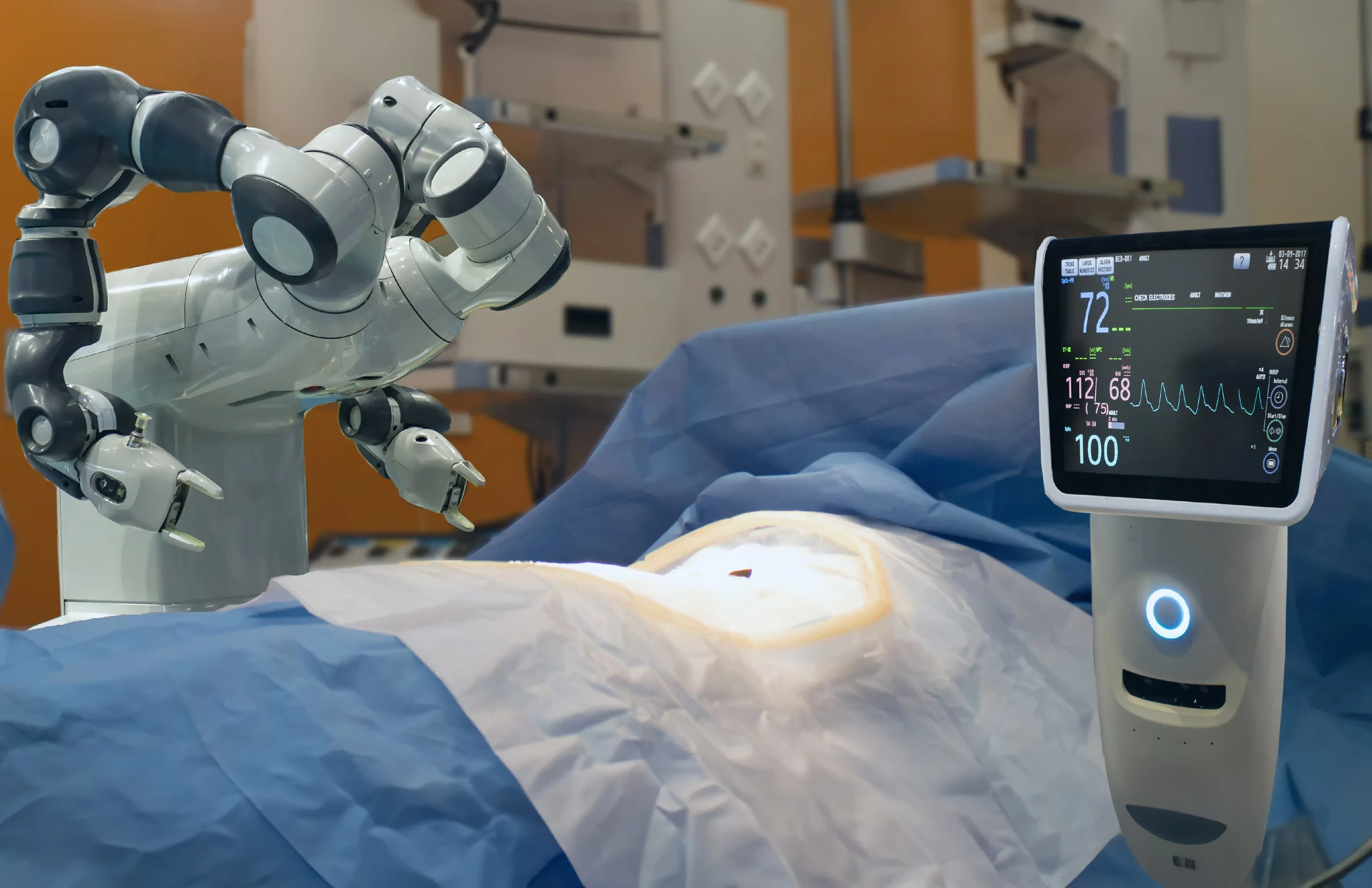Technological innovations, lower oil prices and higher passenger affordability have made the aerospace industry one of the fastest growing in the world. Avionics systems have always been an integral part of aircrafts and associated systems, and need to be optimized for safety by law. As any kind of failure or malfunction is unacceptable, these systems need to be made highly reliable. Air-worthiness standards are mandatory to ensure basic airplane safety; hence the aerospace industry has defined several guidelines and certifications to enable decision-making.
The Need for Certification Guidelines
Since the last few years, the design architecture of avionics systems has increased in complexity and integration. Whereas earlier generations of avionics systems were often standalone or limited in integration, today’s systems are highly integrated and complex. They have evolved from physically separate systems into integrated, complex, software-intensive systems. This has resulted in a looming challenge: the possibility that certain failures in a non-integrated system which earlier would have had only a limited impact on other systems, are far more serious today. Hence, there is a need for aircraft systems to fully meet state-of-art technical requirements and guidelines laid down by the industry.
ARP-4754 Guidelines – The Need of the Hour!
Today, system design processes involve a high level of integration between aircraft functions and the systems that implement them. Although considerable value is gained by integrating these systems, there is an increased room for error, especially with functions that are carried out jointly across multiple systems. In order to respond to this integration requirement, the ARP-4754 guideline has been established:
- ARP-4754 is one of the certification considerations for highly integrated or complex aircraft systems that have been widely applied in the process of airworthiness.
- Prepared primarily for complex electronic systems, ARP-4754 provides guidelines for developing aircrafts and associated systems.
- It addresses the system engineering aspects of aircraft certification including systems requirements, validation, design, and verification.
- Supported by DO-178 and DO-254 which specify objectives for flight software and hardware certification respectively, ARP-4754 provides information about the use of modeling and simulation for requirements capture, prototyping, and requirements validation.
Verification and Validation Process
The process of verification and validation is crucial when it comes to avionics standards and encompasses a range of requirements including airplane, systems, subsystems and component level requirements. Since avionics standards are often far more detailed and rigorous than commercial standards, satisfying the objectives of a standard like ARP-4754 can be time-consuming and expensive. Rigorous and well-documented verification activities need to be carried out:
- Identification of plan elements and documentation requirements
- Identification of development phases
- Defining the transition criteria for each phase
- Identification of relationships or dependencies between elements
- Handling of deviations
- Identification of applicable processes and industry standards
- Reviewing plans for accuracy, consistency, completeness
- Design implementation and analysis
- System integration
- Certification
So how do avionics system manufacturers speed up the lengthy process of verification and validation and ensure efficient outcomes at the same time? Using model-based design techniques, avionics engineers can satisfy ARP-4754 objectives through early verification of requirements, automated connections to requirements and test case reuse – and all this while realizing cost and time-to-market benefits.
Model-based design techniques help improve product quality and reduce development time by half. Such techniques are transforming the way engineers work:
- Automatically generate code for deployment
- Create test benches for system verification
- Use a common design environment
- Link designs directly to requirements
- Integrate testing with design
- Refine algorithms through multi-domain simulation
- Automatically generate embedded software code and documentation
- Develop and reuse test suites
Ensuring First-time-right Cases
The ARP-4754 compliance verification through model-based design ensures streamlined production workflows, ensuring accelerated product development. Through a hybrid onsite-offshore engagement, companies can deliver turnkey software and functional verification solutions. The hybrid setup ensures test rigs are utilized 24×7, significantly improving delivery schedule. Through the use of Python scripting and by leveraging on tools like DOORS, Clear Quest and SVN, test cases can be developed and updated that ensure first time right cases.
To know more about eInfochips offerings in aerospace including ARP-4754 compliance, drop an email at marketing@einfochips.com













